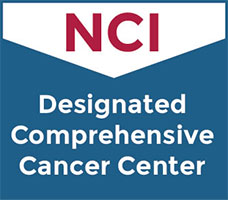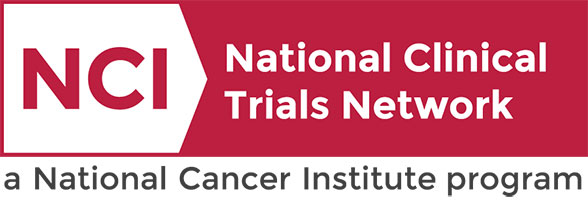Patient Search
 |
 |
|
KaCrole Higgins was diagnosed with breast cancer in 2020. “In May 2020, I found a lump in my breast. I cried. By June, it was diagnosed as breast cancer, triple positive, stage 1A. While getting this cancer diagnosis was devastating, it also became an opportunity. Suddenly, the cancer gave me clarity. It gave me clarity about what was important, what was good in my life, what was toxic in my life, and what I needed to do.” Click below to read more of KaCrole’s story |
If Landon Ryan had been diagnosed with bilateral retinoblastoma 10, 20 or 30 years ago, she might not be here today with nearly perfect vision.Thanks to recent improvements in the treatment for this rare form of cancer that almost exclusively affects children under the age of 5, the diagnosis had the power to change Landon’s life when she was 11 months old, but not to take it — or her eyesight. Click below to learn more about Landon and her story. https://momentum.vicc.org/2022/04/brighter-outlook/ |
Neuroblastoma Maintenance Therapy Trial
Multiple Cancer Types
Difluoromethylornithine (DFMO) will be used in an open label, single agent, multicenter,
study for patients with neuroblastoma in remission. In this study subjects will receive 730
Days of oral difluoromethylornithine (DFMO) at a dose of 750 mg/m2 250 mg/m2 BID (strata 1,
2, 3, and 4) OR 2500 mg/m2 BID (stratum 1B) on each day of study. This study will focus on
the use of DFMO in high risk neuroblastoma patients that are in remission as a strategy to
prevent recurrence.
study for patients with neuroblastoma in remission. In this study subjects will receive 730
Days of oral difluoromethylornithine (DFMO) at a dose of 750 mg/m2 250 mg/m2 BID (strata 1,
2, 3, and 4) OR 2500 mg/m2 BID (stratum 1B) on each day of study. This study will focus on
the use of DFMO in high risk neuroblastoma patients that are in remission as a strategy to
prevent recurrence.
Endocrine,
Neuroblastoma (Pediatrics),
Neuroendocrine,
Pediatrics
II
Pastakia, Devang
NCT02679144
VICCPED16157


